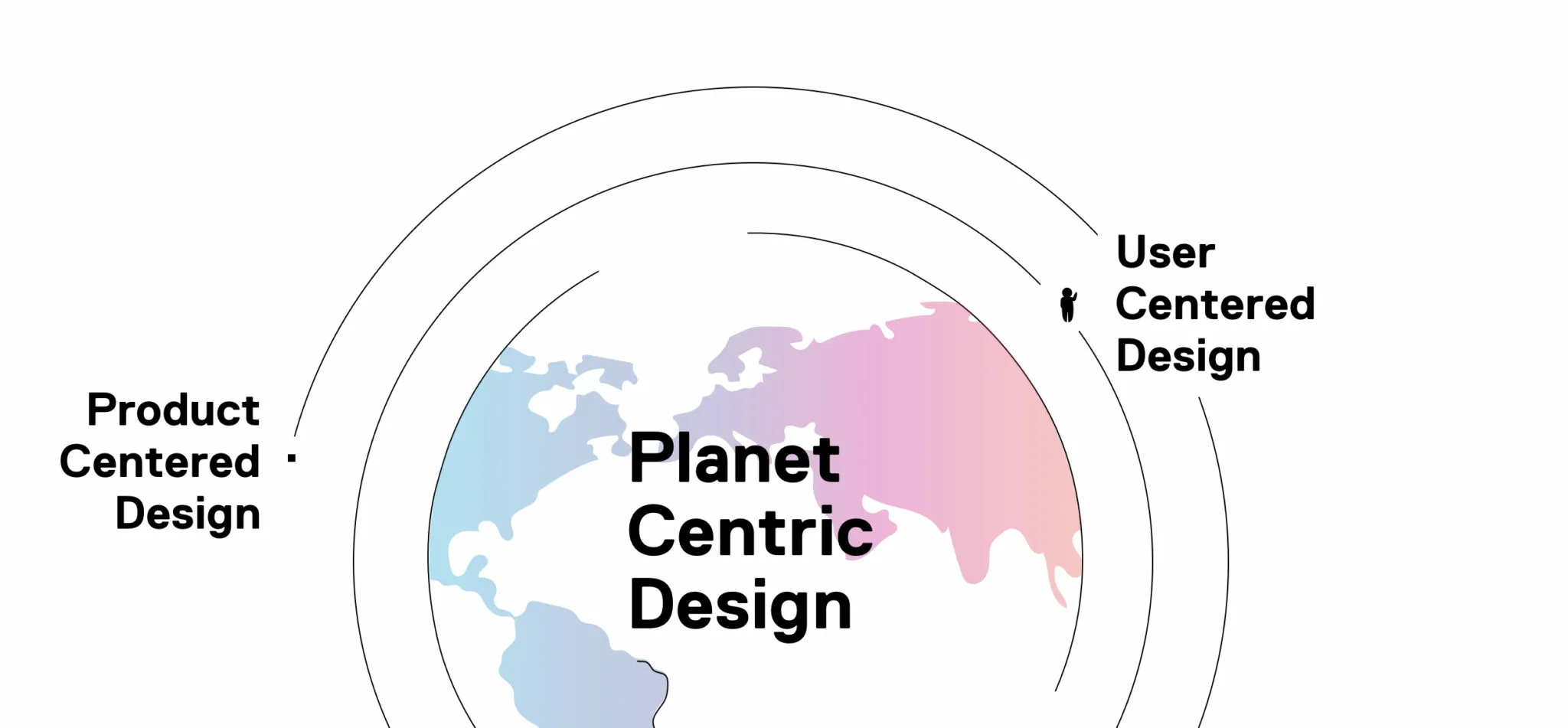Creation
Every bit counts: The environmental impact of your website.
Sustainability has long been on everyone’s radar, finally reaching the last outposts of the German corporate landscape in the past two years. Have you ever stopped to ask yourself how sustainable your website is? Probably not. The issue has long been overlooked in the digital world. People may have believed that websites and data were one of the last places where we’d need to urgently address the climate crisis. Unfortunately, they couldn’t be further from the truth.

You, me, all of us who bear some form of responsibility for digital products, websites and apps, who produce data in our private lives, need to remember: Every bit counts. We all know the situation: Your phone or laptop has run out of memory. Time to upload everything onto the cloud. Photos, videos and documents, things you likely won’t need very often, or even ever again. Every single one of us produces 8 terabytes of data on average every single year. In 2019, 33 zettabytes of data were generated around the globe, an amount that is forecast to reach an annual volume of 175 zettabytes by 2025 (Source). To put that into perspective, a standard hard drive comes with 1 TB memory space. A zettabyte is a billion times bigger than a terabyte. Unsurprisingly, data centres around the world that process and store these vast data volumes consume tremendous amounts of energy. A figure which continues to rise each year. Herein lies the problem. Data requires energy and generates CO2, right down to each individual bit. The carbon emissions caused by data are now comparable to those caused by international air traffic (Source).
Eco-friendly screen designs
Now you’ve learned about the true impact of old holiday videos gathering dust on the cloud, you may be wondering what that means for websites and other online applications? Just like every other page on the world wide web, this article produces data and consumes energy with every click. However, did you know that the design of a page can influence the amount of energy consumed by the device on which it’s viewed? Things as simple as changing the colour scheme could require your LED screen to consume far less energy. It’s time that we start making decisions not purely on the basis of user-friendliness, but also incorporate environmental friendliness. Lots of people are starting to think twice about whether to fly as much, so why not apply this logic to websites? Far too few people are asking whether the way in which we consume data and design websites and applications is really in keeping with the times. But there’s no need to fret. A solution is in sight.
Product centered design was long a cornerstone of design, now largely overtaken by user or human centered design. However, these approaches are no longer enough. Ultimately, design reflects societal changes. Why should this not apply to the impending climate crisis? Now, the user and their satisfaction have been replaced by the planet as the top priority in design. In other words, welcome to the era of planet centric design!
A new direction: planet centric design
Planet centric design isn’t just concerned with data quantities and energy consumption. It covers every aspect of design, questioning our current methods in a truly pioneering way. Every product, service and application needs to be able to pass the test: Can it be provided without harming the environment? And if not: Is it worth the damage it inflicts on the planet? Every concept, layout, line of code and hosting solution needs to be carefully weighed up. Something which strongly contrasts with existing marketing practices.

What does an eco-friendly and planet centered website look like? A great example of a website developed with the environment in mind is the solar-powered Low Tech Magazine. Arguably the most ground-breaking low impact website belongs to the fashion label Organic Basics, which now also includes an online shop for clothing. This just goes to show how e-commerce can also be environmentally friendly. The creators behind the site pooled their knowledge to create the first and, at present, only Low Impact Manifesto the world has seen. It provides a set of rules to define factors and evaluation criteria for ‘low impact’ websites. Head of Tech at Organic Basics, Jesper Hyldahl Fogh, provides a more detailed explanation of the manifesto here and discusses the drivers that made Organic Basics a true pioneer in the field.
The path to an eco-friendly website
Doesn’t sound too complicated, right? That may be. But it's still a rather lengthy process. We are currently experiencing this first hand. It turns out that it´s far harder to completely reinvent a website that’s based on user centered design than to simply start from scratch with an environmentally friendly approach. So, here’s our plea to everyone currently considering relaunching or launching a website: Go planet centric! It’ll be the status quo in a few years anyhow, so get ahead of the curve.
For everyone itching to get cracking, test your website’s current consumption at Websitecarbon to see how much room for improvement there is. Here are a few handy tips on things you can do to make your website more sustainable right away:
👉🏼 Analyse your website on Websitecarbon
👉🏼 Compress all images to make them web-friendly
👉🏼 Consider using less video content
👉🏼 Only load content once it's clicked on by users
👉🏼 Clean up and purge your web code
👉🏼 Switch to an environmentally friendly hosting provider
🚀 Start implementing the Low Impact Manifesto

Eileen is an art director at port-neo in Stuttgart. Specialising in UX design, her work involves creating eye-catching user experiences and interfaces for websites and apps. With a keen eye for trends and innovations, she keeps our customers in line with the times.
